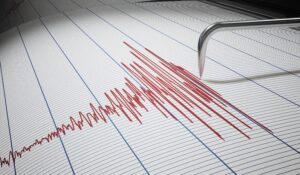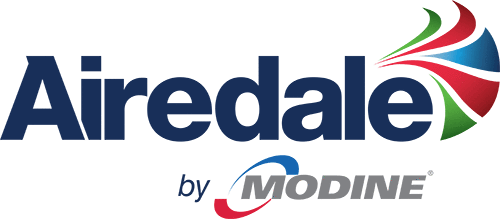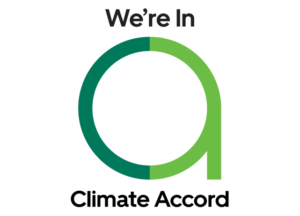Seismic Stabilisation Solutions

In an era of heightened awareness regarding structural integrity and safety, seismic stabilisation has emerged as a critical aspect of building design and product development. Airedale by Modine understands the importance of adhering to stringent government regulations while ensuring that their products can withstand seismic events. Through innovative engineering and a commitment to quality, we provide custom seismic stabilisation solutions tailored to the specific needs of each project.
Understanding Seismic Stabilisation
Seismic stabilisation refers to the measures taken to protect structures and equipment from the effects of earthquakes. In regions prone to seismic activity, it is imperative to implement design strategies that comply with national and local building codes. These codes are influenced by several factors, including the expected magnitude of seismic events, the soil conditions, and the specific use of the building or equipment.
Our approach to seismic stabilisation is founded on a thorough understanding of the four main seismic specifications recommended by regulatory bodies:
Seismic Design Categories (SDC)
The SDC classification ranges from A to F, with Category A representing minimal risk and Category F indicating high seismic risk. Our engineers assess the seismic design category applicable to each project, ensuring that the stabilisation solutions meet the necessary criteria for the location and intended use of the product.
Importance Factor (IF)
The Importance Factor accounts for the significance of a structure in protecting human life and maintaining essential services during a seismic event. Critical facilities, such as hospitals and emergency response centers, require higher levels of seismic protection. We customise our stabilisation solutions based on the importance factor, ensuring that essential equipment remains operational during and after seismic events.
Site Class
The type of soil and geological conditions at the installation site significantly influence seismic performance. Our engineering teams conduct thorough site evaluations to determine the appropriate stabilisation methods based on the soil class. Different soil types exhibit varying levels of ground motion during an earthquake, necessitating tailored solutions for optimal performance.
Response Spectra
Response spectra provides a graphical representation of how structures respond to seismic activity across various frequencies. Our engineers utilise response spectra to analyse the dynamic behaviour of their products, ensuring that each solution is finely tuned to withstand expected seismic forces.
The Airedale Advantage
Unlike many manufacturers that offer off-the-shelf solutions, we pride ourselves on delivering custom seismic stabilisation systems. This tailored approach begins with a detailed consultation with clients to understand their specific requirements, site conditions, and regulatory obligations. By collaborating closely with architects, engineers, and project managers, we then develop innovative solutions that integrate seamlessly into existing designs.
Our commitment to research and development ensures that our seismic stabilisation products leverage the latest advancements in technology and engineering practices. Each solution undergoes rigorous testing and validation to confirm its efficacy in real-world seismic scenarios, providing clients with peace of mind that their investment is secure.
Conclusion
As seismic events become an increasingly relevant concern in infrastructure and product design, the need for customised solutions has never been greater. Our expertise in seismic stabilisation, backed by a deep understanding of regulatory requirements and site-specific conditions, positions them as a leader in the industry. By providing custom stabilisation solutions tailored to the unique challenges of each project, we ensure that our products not only meet but exceed safety standards, safeguarding both lives and investments in a world where seismic activity is a constant threat.
Contact us if you need expert guidance on seismic considerations for your HVAC system.







